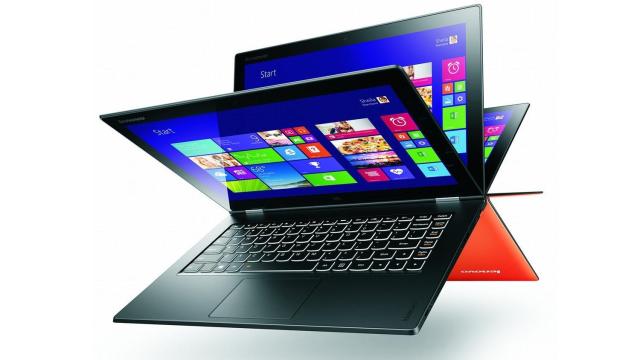It’s time for everybody’s favourite legal news, folks—class-action settlement time! If you purchased a new non-ThinkPad Lenovo laptop between September 1, 2014 and February 28, 2015, there’s a good chance you are eligible to claim at least $US40 ($55) as a make-good for the company installing adware on its computers, hampering their performance in order to steal your personal information.
This possibly-unexpected boon is the result of a lawsuit filed by consumers against Lenovo and software developer Superfish Software in 2014, alleging that an app that came installed on new Lenovo laptops called VisualDiscovery accessed private information without permission, including social security numbers, financial records, and healthcare information. The app also reportedly impacted laptops’ technical performance. According to Bloomberg, the companies agreed to an $US8.3 ($12) million settlement last November.
While the lawsuit specifies a time range when claimants would have purchased applicable devices, the suit technically applies to a specific set of laptops that came with the software. Here’s a full list of all the models that qualify for a settlement.
-
G-Series: G410, G510, G710, G40-70, G50-70, G40-30, G50-30, G50-45
-
U-Series: U430P, U430Touch, U530Touch
-
Y-Series: Y40-70, Y50-70
-
Z-Series: Z50-75, Z40-70, Z50-70
-
Flex Series: Flex2 14D, Flex2 15D, Flex2 14, Flex2 15, Flex2 15(BTM), Flex 10
-
Miix Series: Miix2-10, Miix2-11
-
Yoga Series: Yoga2Pro-13, Yoga2-13, Yoga2-11BTM, Yoga2-11HSW
To see if your computer fits the bill, you can check the sticker with the model number and bar code on the bottom of the laptop, or check the model information by going to the “System Information” application in Windows 8 or 10.
Once you know you’re eligible, it’s time to make a claim. You have until March 25, 2019 to file one of two types of claims. A short-term claim, which will get you the aforementioned $US40 ($55), just requires you to say that you owned one of the affected laptops. A long-term claim can earn you much more—up to $US750 ($1,040) according to the claim form—but requires documentation that shows how the software directly caused you to lose money, such as identity theft caused by a security issue. You can only make one claim—short- or long-term—per device, so make sure you’re positive about what you want to do.
Either way, you can file your claim through this online form. If you received an email about the settlement, you can use the Notice ID and confirmation code found on that message, which I’m sure speeds up the process. If you never received an email or deleted it, that’s OK too, you just need to fill out the online form.
Though the forms are due in March, it’s tough to say when exactly claimants will get their settlement money. As Doctor of Credit points out, there will be a hearing to confirm the settlement on April 18, 2019. There may also be appeals on the decision, whether or not it is approved. So don’t expect to get that settlement money in your pocket ASAP, but rather, set your self up for a nice surprise to compensate for what was, I imagine, an awful shock when you first heard about what was happening with your laptop and personal information.

Comments